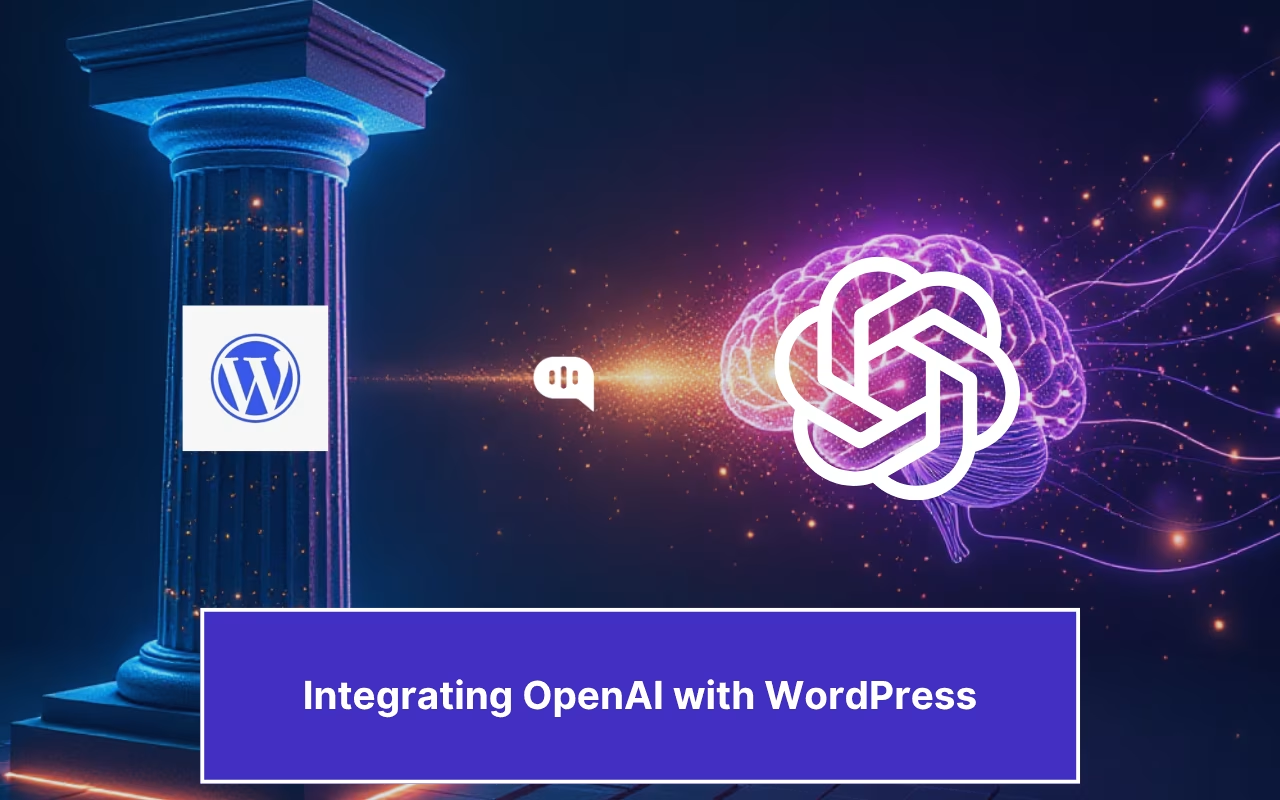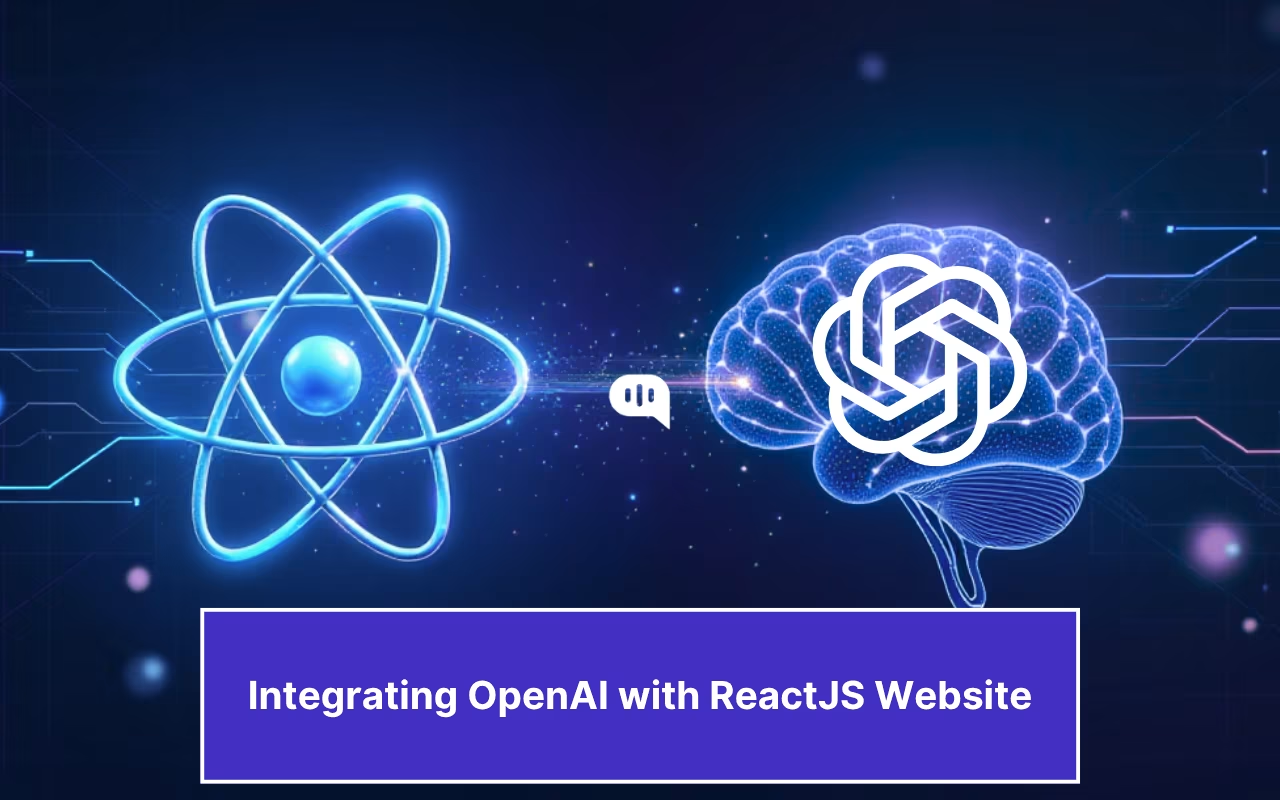Updated on April 14, 2025

Chatbots are one of the big technologies pushing customer service forwards. It’s easy to see why. They promise an even playing field for brands, where everyone can offer high-quality customer service 24/7, something that was only in the dreams of the biggest global brands.
But chatbots are still, well, bots. A human customer service agent is still a lot better at determining whether a customer is annoyed, confused, or in a hurry. Being able to adapt your customer service in these kinds of circumstances is incredibly important to maintain your brand’s relationships with customers.
But chatbots can be trained using sentiment analysis to recognize cues that indicate a customer’s mood. The bot can learn how to ‘read the room’ and respond appropriately. Let’s take a look at how sentiment analysis is the big game changer for chatbots.
Sentiment Analysis and Chatbots: A Match Made in Heaven
Sentiment analysis, or opinion mining, is basically teaching an AI to recognize the emotional tone of words. It uses natural language processing (NLP) to determine whether words or phrases have positive, negative, or neutral sentiment. With enough sophistication, chatbots can use this process to work out the emotional state or mood of a user in real time.
The chatbot can then tailor its responses or alert a human customer service agent to respond to the sentiment. If it detects a lot of hostility from a user, it can aim to de-escalate where possible or ensure a human capable of doing so can take over.
In essence, sentiment analysis can increase the quality of your interactions and keep your customer service experience as positive as possible, which should help build trust and loyalty.
At high levels, you can even train the sentiment analysis to recognize different desired outcomes from the user. This can turn chatbots into a highly effective part of your customer retention strategy:
- If a chatbot picks up any indicators that a customer is frustrated enough to cease doing business with you, it can respond directly to those concerns with the appearance of empathy. Perhaps it could offer a discount to keep the customer engaged or put them straight through to a human customer service agent.
- If the user seems particularly worried about something, the bot can use reassuring language and direct them to resources that can allay those concerns.
- It doesn’t just stop at handling negative interactions, you can teach it to capitalize on positive ones as well. If a customer is particularly happy with an interaction, your chatbot could prime them for cross- or upselling by offering a coupon on their next purchase.

Sentiment Analysis and Customer Engagement
Chatbots are great when they’re used in a purely rational, logical way. But users with customer service issues don’t always interact with chatbots rationally or logically. Furthermore, a purely rational interaction with a chatbot isn’t going to create the emotional connection you need to build customer loyalty.
Think of it like this: let’s say you’re looking for a good restaurant. You might search Google for “best restaurants near you”, and Google will give you a list of restaurants with the best reviews. You might wind up having a great meal, but you’re not going to be contacting Google HQ to thank them personally, especially since you still had to do the legwork of choosing something that suits your taste from the list.
But if you ask a friend for a recommendation, they might know your tastes and the type of food you like best. They make a recommendation, tell you about some great food on the menu, and explain what they love about it in emotive terms. When you wind up having a great meal, you’ll remember that interaction, thank them for their great advice, and trust them to make recommendations in the future.
Adding sentiment analysis to chatbots turns them from a search function into a helpful companion that users will remember fondly and be happy to interact with again.
It does this by providing:
Human-Like Interaction
Being able to perform sentiment analysis allows chatbots to provide more human-like interactions that are personalized to a particular user’s needs. These tailored responses make the user feel like they’re better understood, leaving tem more satisfied with the interaction.
If someone is showing signs of being angry or frustrated over something like a delayed shipment. The standard chatbot response would be something like “Checking your order status”. But with sentiment awareness, a chatbot can give the appearance of empathy and tweak its response to sound more personalized, something like: “I’m sorry about the hassle. I’ll check what’s causing the delay.”
Just this slight change both deescalates the frustrations, but also makes it sound like the customer is receiving personalized service.
Integration with Other Workflows
Giving chatbots a greater understanding of human emotions doesn’t just allow them to give better customer service. The chatbots can also be integrated into your other workflows and strategies. Chatbots with sentiment analysis can allow for effective upselling or cross-selling, provide custom documentation based on templates, or conduct customer research and collect feedback.
Proactive Problem Solving
Understanding sentiment allows chatbots to flag potential problems early and take proactive measures to deal with the issues. Most importantly, they can recognise when a situation is beyond their control and seamlessly pass the conversation over to a human agent.
Previously, a user would probably have to request the opportunity to speak to a human agent. If they’ve reached that point, they’re probably at extremely high levels of frustration, which is probably enhanced by their frustrations over the chatbot. By making this handoff seamless and early, the bot and the human are taking proactive steps to de-escalate problems before they become serious.
Better Customer Journey Insights
Sentiment analysis isn’t just about individual conversations with customers; applying it at scale can be a huge benefit. Analyzing the sentiment of a large number of interactions can give you some great insights into customer sentiment over your products and services, integrating it into your omnichannel strategy.
You can use these insights to identify any pain points disrupting the customer journey. You can then look to make solutions. Constant frustrations over late deliveries? You probably need to work on your supply chain. Customers not understanding how to use certain features? Provide better instructions with the product and make sure any ‘how-to-guides’ are easier to find on your site.

Sentiment-Aware Chatbots in Action
Sentiment analysis isn’t a shiny new feature of modern chatbots. They’ve been in use for a while. Industry leaders have been reaping the benefits of smarter, more empathetic chatbots for a while.
Way back in 2017, HDFC Bank, one of India’s largest banks, deployed a chatbot called EVA with built-in sentiment analysis capabilities. EVA can identify when a customer is frustrated or confused and escalate the conversation to a live agent.
Amtrak’s virtual assistant, Julie, uses sentiment analysis to guide travelers through their bookings. Julie can adapt her responses to provide more empathetic support when users are confused by schedules or pricing details, leading to a higher booking completion rate.
Not to be left out, Uber integrates sentiment analysis in its support chatbot to help deal with any negative user experiences promptly and empathetically. The system detects levels of frustration and dissatisfaction in customer messages, and it can even assign priority levels. This is a huge boost for human agents: they know which cases need the most attention and what level of care they need to take.
Chatbots Need To Truly Connect With Customers
When done right, sentiment analysis is a huge boost in transforming chatbots. They go from simple, transactional tools that can frustrate customers through their robotic nature, to intelligent assistants that can provide empathy and personalized support.
Chatbots are key for providing the level of customer service expected by your customers. But it’s sentiment analysis that can allow them to really enhance your customer experience.

As a seasoned technologist, Adarsh brings over 14+ years of experience in software development, artificial intelligence, and machine learning to his role. His expertise in building scalable and robust tech solutions has been instrumental in the company’s growth and success.





